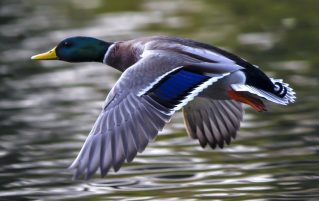

Plants are fascinating – and vital for life. Through photosynthesis they absorb carbon dioxide, and produce oxygen. They are essential to produce food, and provide homes for many animals.
There are many weird and wonderful plants in the world. For example, the rafflesia. This plant has the largest flower on earth, it can be up to 1.5 metres wide. Unlike most plants, it does not contain any chlorophyll, so it cannot produce its own food, Instead it has to steal nutrients from the roots of another plant, like the plant version of a vampire!! It is also designed to smell like rotting meat to attract carrion flies which pollinate the plant.
Orchids can also be very strange! Take a look at the flying duck orchid. Not only do the tiny flowers look like flying ducks to us, but to a male sawfly they look and smell like a female sawfly . This will then attract male insects to it, who will attempt to mate with the flower, cross fertilising the orchids.
GCSE scientists, you need to be able to describe how to investigate photosynthesis practically, so why not try Part 2 of our “How to work with Photosynthesis” revision guide. This guide follows on from Part 1, and covers how to complete practicals to measure the rate of photosynthesis. It explains what equipment is required, and which variables to control. Instructions on calculating the rate of photosynthesis using the inverse square law is also included.
Click on the picture below to see the guide.
If you found this useful and think you would benefit from some additional help, please contact us.
